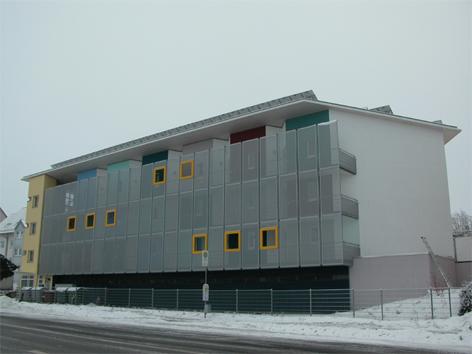

For DC03, these concave nose punch design was able to achieve smooth cut percentages of up to 95%. Smooth cut portion when punching with the new cutting method presented here. Metallurgical micrographs show a significant increase in the percentage of Of the cutting clearance between 5% and 15% on the clean cut portion and the burr was Of the cutting characteristics of smooth cut portion and cutting burr.

The focus of the experimental investigation was the comparison With the result of the punch optimization in the numerical investigation, two cutting punches with different web widths were manufactured and experimentally investigated. New tool design shows in numerical investigation a significant increase of clear-cut surface up to 73% compared to conventional cutting surfaces disclosing 35% when using tools according to standard design rules. The main criterion of the optimization of tool design focuses on an enlarged clean-cut area along the cutting surface compared to conventional shear cutting. Using FEA-Software DEFORM 2D, the models of conventional cutting and cutting with new tool design were mapped by comparing cutting surface results and stress distribution in the shearing zone. The investigation focuses on sheet metal materials DP600 and DC03 with a thickness of 1mm.

Content of this study is to investigate the impact of a new sheet metal cutting tool design, also called concave nosed punch design, to increase the clean-cut portion in conventional shear cutting. Major disadvantage of these processes is the complex tooling design caused by a double-acting press and corresponding tool layout. Normally, this surface only can be manufactured by using fine cutting or trimming technology. Nowadays, a major criterion for the quality of shear cut workpieces is characterised by a smooth final cutting surface.


 0 kommentar(er)
0 kommentar(er)
